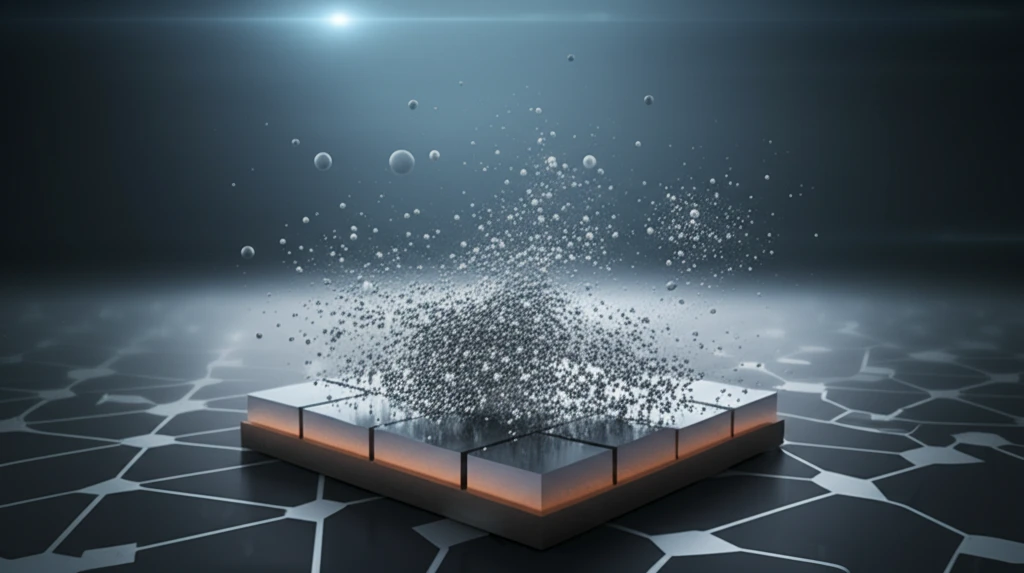
Unlock Solar Potential: How a Pinch of Silver Could Fix a Major Solar Cell Flaw
"Scientists discover that doping with silver could revolutionize CZTS solar cells, boosting efficiency and addressing a critical voltage deficit."
For years, scientists have been chasing the dream of affordable, efficient solar energy using a material called Cu2ZnSnS4, or CZTS. This compound is made from readily available elements, making it a potentially cheaper alternative to existing solar tech. However, CZTS solar cells have been held back by a frustrating issue: a significant deficit in their open-circuit voltage (Voc).
Think of Voc as the 'push' that drives electricity through a circuit. A lower Voc means less power generated. This problem stems largely from defects within the CZTS material, particularly something called Cuzn antisite defects.
These defects act like roadblocks, hindering the flow of electrons and reducing the cell's overall performance. But what if there was a way to clear these roadblocks? Recent research suggests that a surprising ingredient – silver – may hold the key to unlocking the full potential of CZTS solar cells.
The Silver Bullet: How Ag Doping Changes the Game

A team of scientists investigated the impact of adding silver (Ag) to CZTS thin films. This process, known as doping, involves intentionally introducing small amounts of another element into a material to alter its properties. The researchers used sophisticated techniques like Kelvin probe force microscopy (KPFM) and current sensing atomic force microscopy (CAFM) to examine the electrical behavior of the material at the nanoscale.
- A significant reduction in grain boundary potential, smoothing the path for electrons.
- A remarkable increase in minority carrier current, meaning more electrons are flowing freely.
- Improved local mobility within the CZTS layer, further boosting electron transport.
- Faster decay response of photogenerated carriers, indicating fewer trapped electrons.
A Bright Future for CZTS Solar Cells?
This research provides a compelling new strategy for improving CZTS solar cell technology. By carefully tuning the amount of silver doping, scientists can minimize the formation of harmful defects, leading to more efficient and cost-effective solar energy. While further research is always needed, these findings represent a significant step towards making CZTS a viable alternative to current solar cell technologies, paving the way for a greener future.
